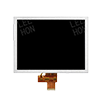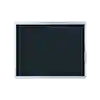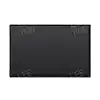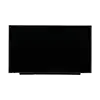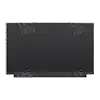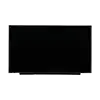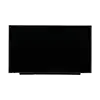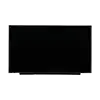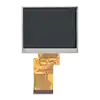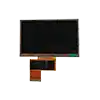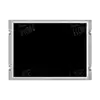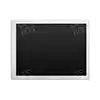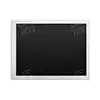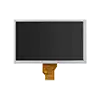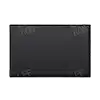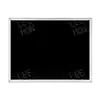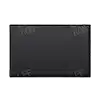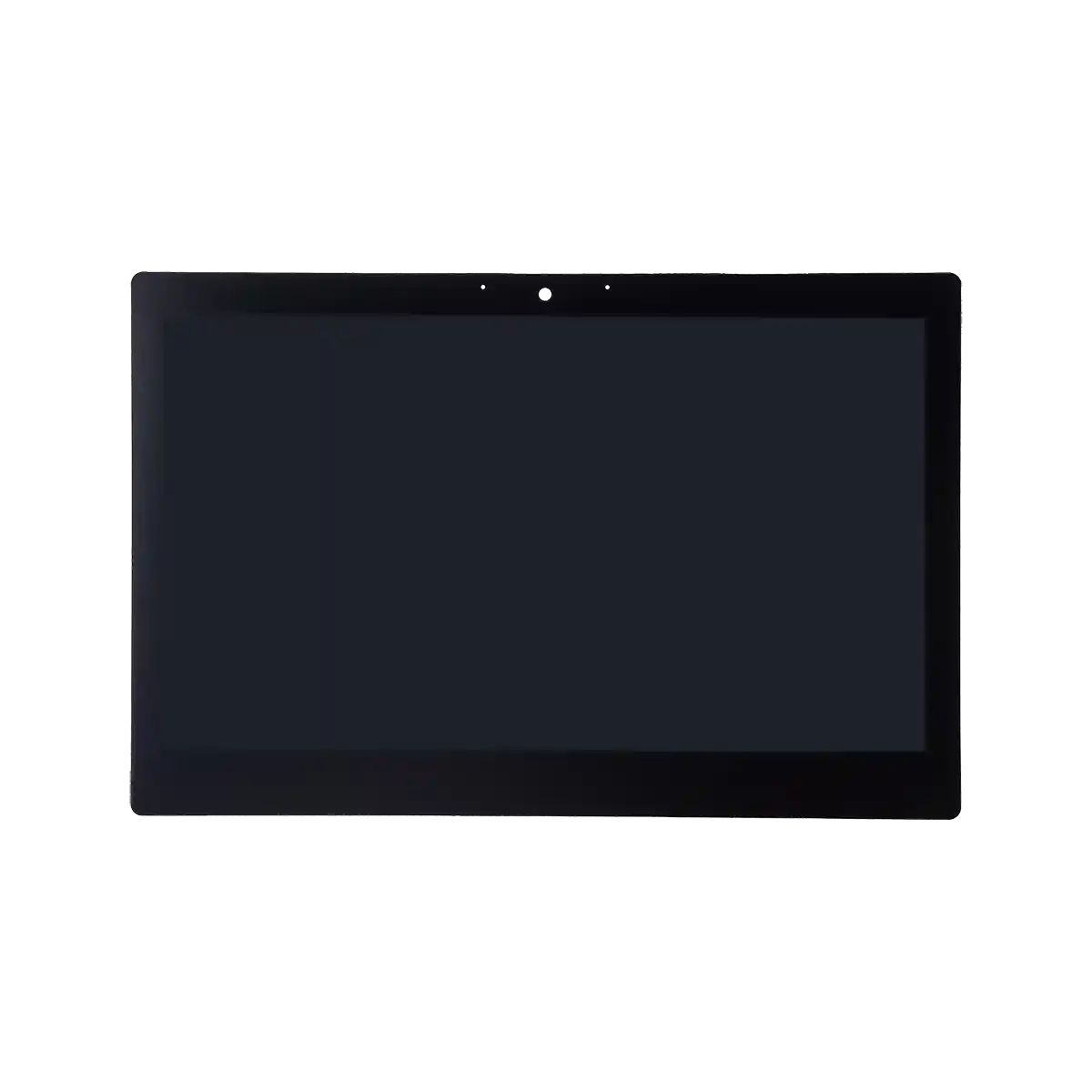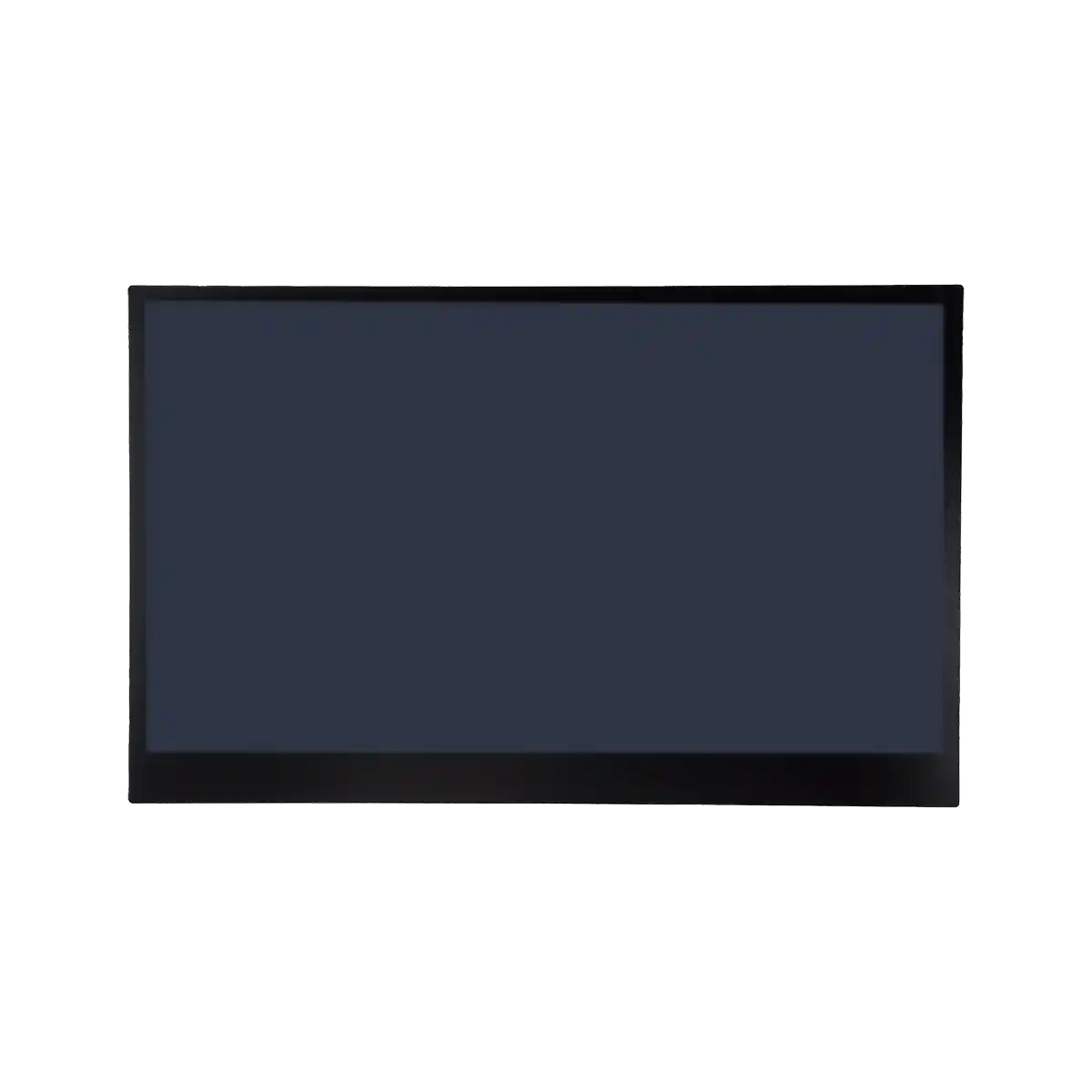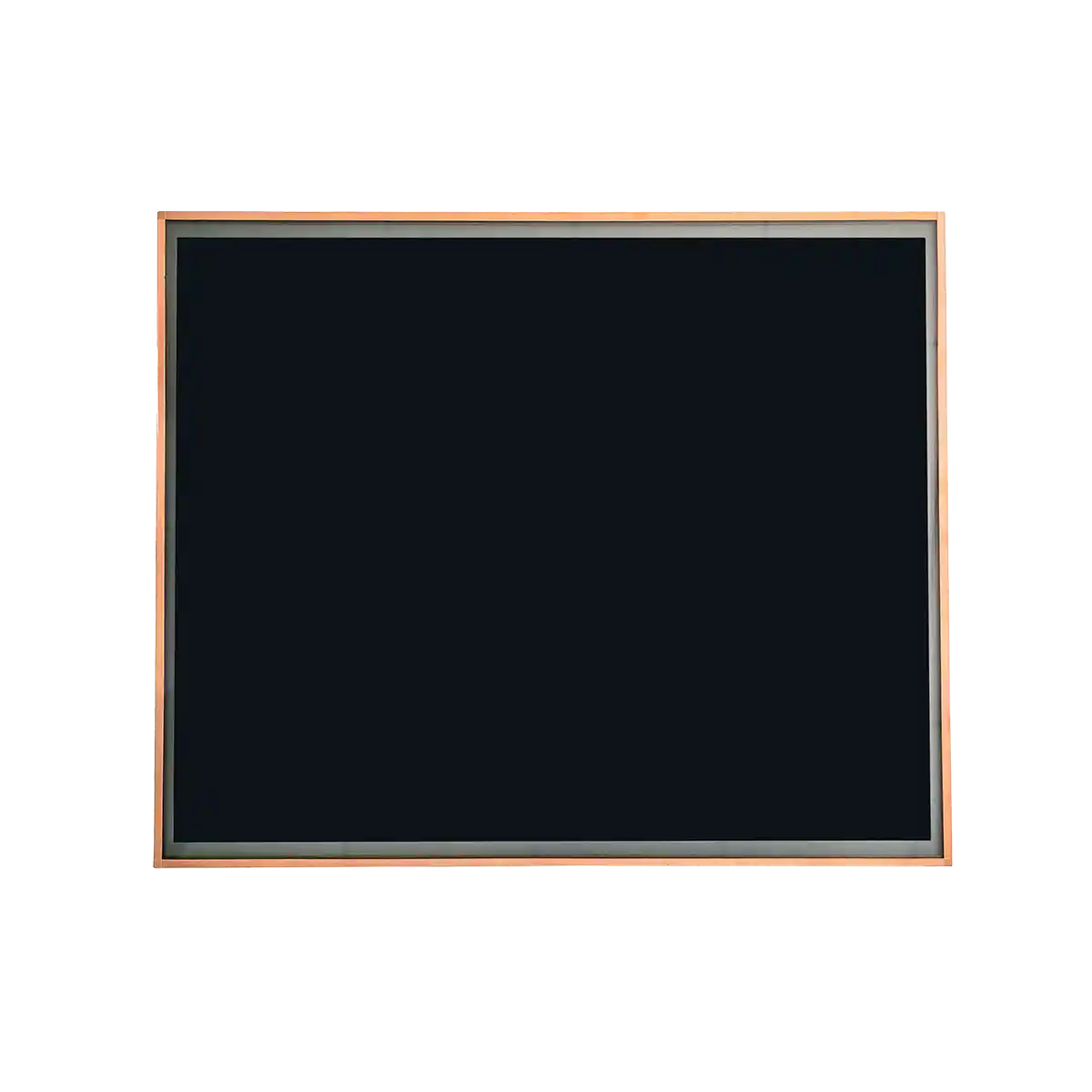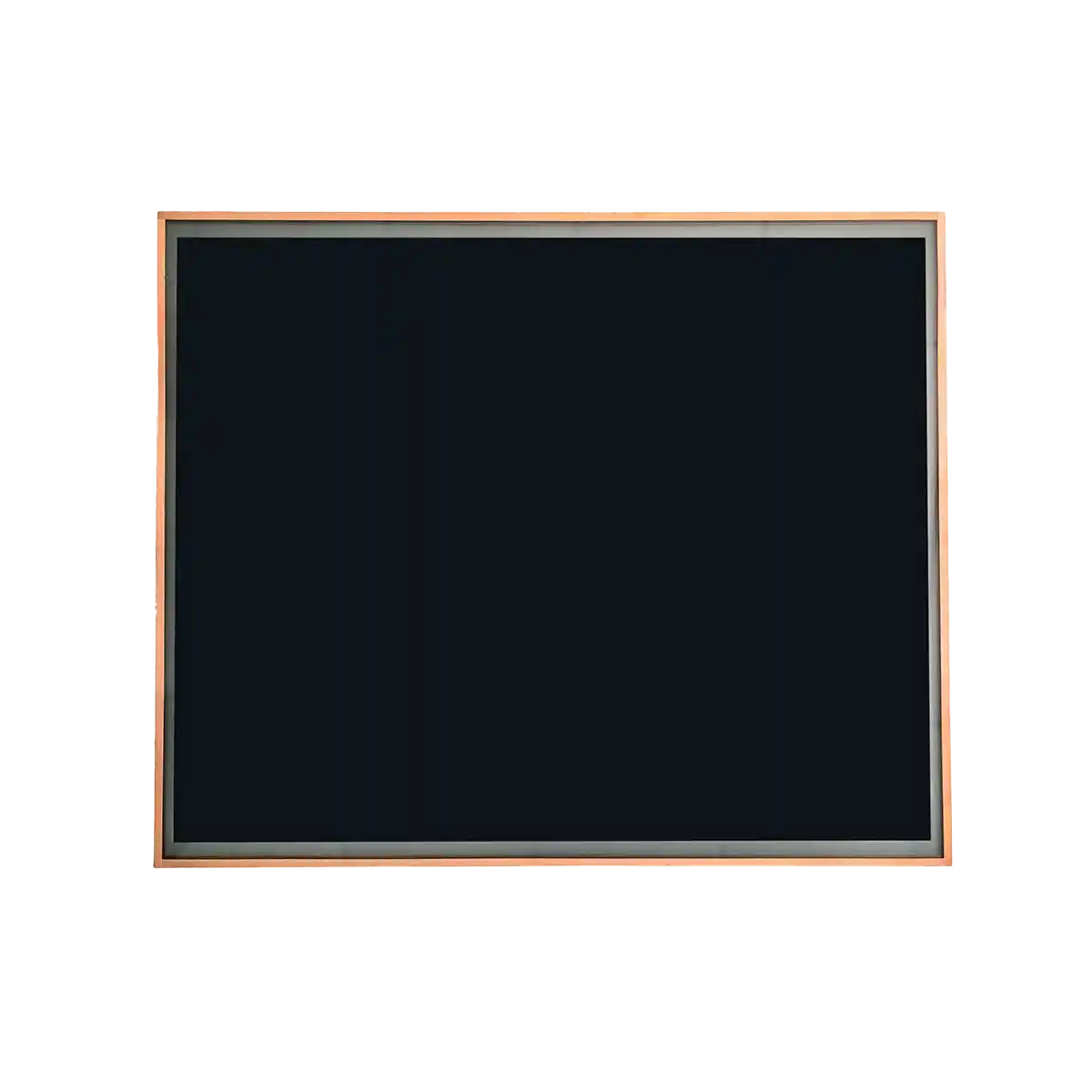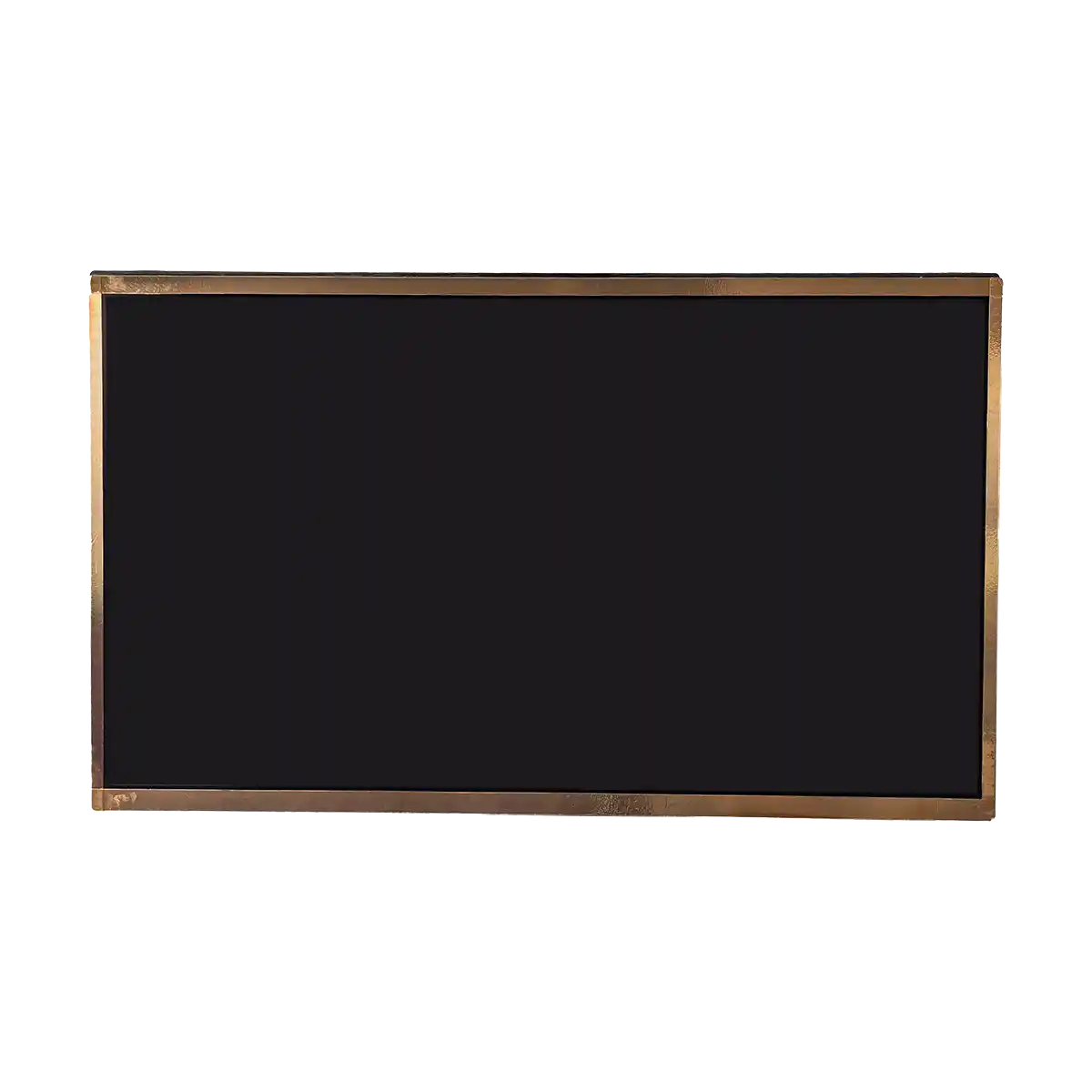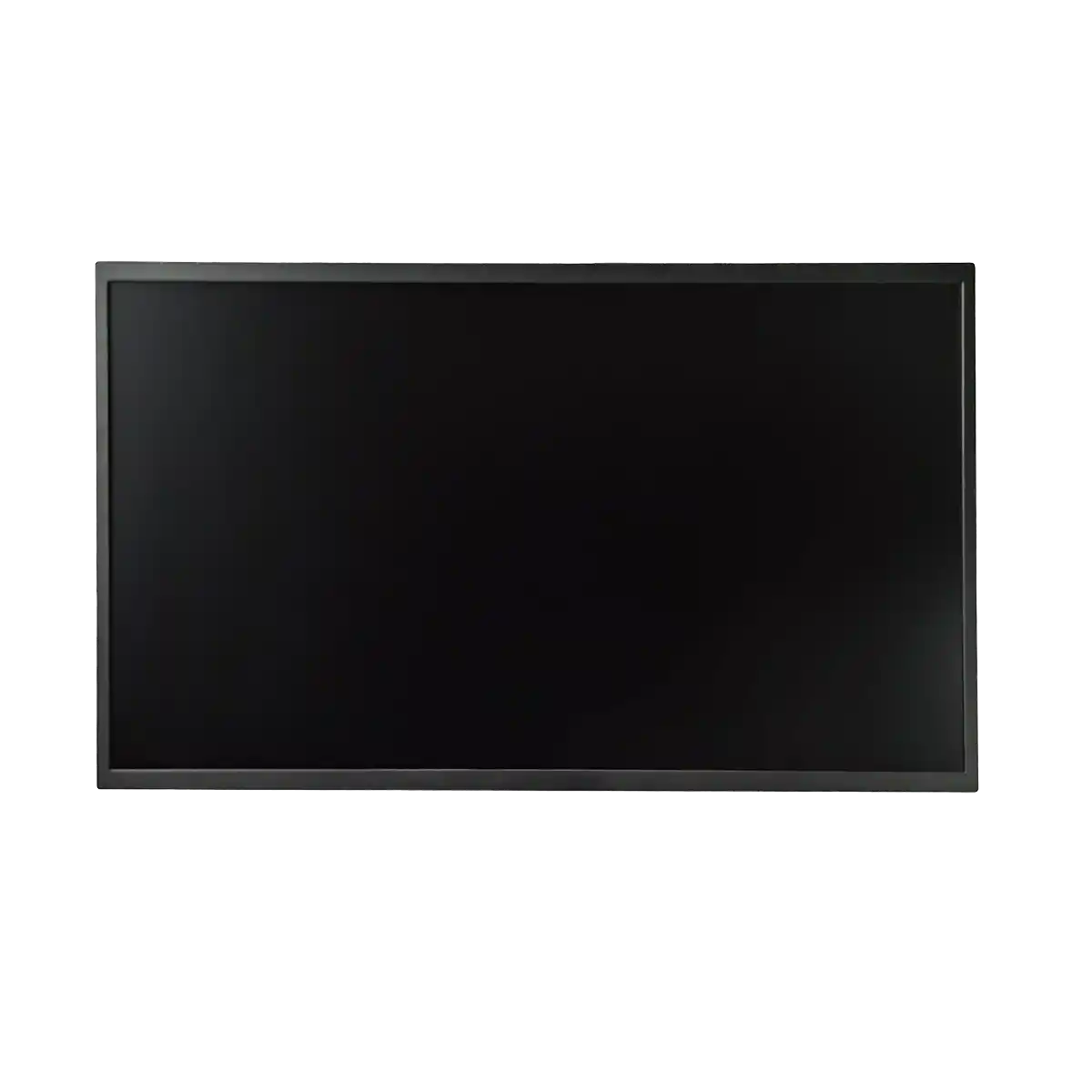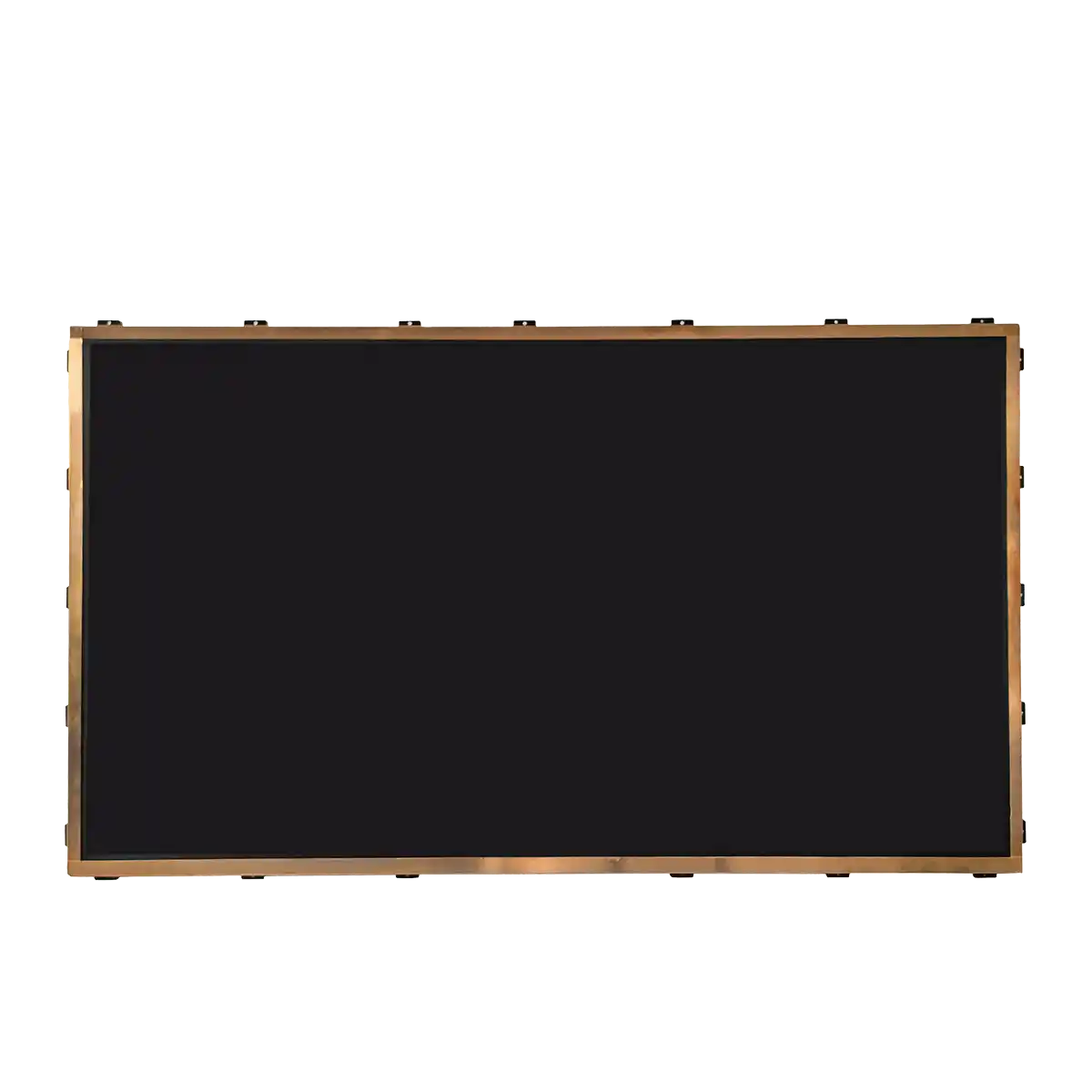Industrial LCD Screens and the Importance of Ergonomic Design
Introduction
In the realm of industrial automation and control systems, the interface between humans and machines is crucial for efficient operation and safety. Industrial LCD screens, or Liquid Crystal Display screens, have become an integral part of this interface, providing clear, real-time information to operators and technicians. These displays are designed to withstand harsh environments and deliver high performance, making them indispensable in various sectors such as manufacturing, medical equipment, and transportation systems. The introduction of ergonomic design principles into the development of industrial LCD screens has further enhanced their functionality and user-friendliness, ensuring that they meet the physical and cognitive needs of the operators.

Body
Components and Functionality of Industrial LCD Screens
Industrial LCD screens are composed of several key components, including the liquid crystal layer, polarizing filters, and the backlight. The liquid crystal layer is a thin and lightweight material that responds to electric fields and alters its molecular orientation, thereby affecting the light passing through it. Polarizing filters are used to control the light waves that pass through the liquid crystals, allowing for the creation of images. The backlight, typically LED-based in modern displays, provides the light source necessary for the screen to be visible.
Ergonomic Design Principles
Ergonomics, also known as human factors engineering, is the scientific discipline concerned with the understanding of the interactions among humans and other elements of a system. When applied to industrial LCD screens, ergonomic design focuses on several aspects:
1. Visibility: Screens must be easily readable under various lighting conditions, often achieved through high brightness and contrast ratios.
2. Viewing Angle: Industrial LCD screens should maintain image quality across a wide range of viewing angles to accommodate multiple operators.
3. Touch Interface (if applicable): Touchscreens in industrial settings should be responsive and accurate, often featuring glove touch capability to allow use under adverse conditions.
4. Physical Layout: The positioning and layout of the screen should reduce physical strain and promote comfortable interaction over extended periods.
Importance of Ergonomic Design
The importance of ergonomic design in industrial LCD screens cannot be overstated. It directly impacts the efficiency and safety of the work environment. Ergonomically designed screens reduce eye strain and fatigue, minimize the risk of repetitive strain injuries, and enhance overall user experience. Moreover, they can improve the speed and accuracy of tasks performed by operators, leading to increased productivity and reduced error rates.
Technological Advancements
Advancements in technology have led to the development of industrial LCD screens with enhanced capabilities. Features such as multi-touch functionality, gesture recognition, and intelligent brightness adjustment have become more prevalent. Additionally, the integration of smart sensors can adapt the display settings based on the ambient environment, further improving ergonomics.
Conclusion
Industrial LCD screens are a critical component of modern industrial systems, and their design must prioritize ergonomic principles to ensure the well-being and efficiency of operators. As technology continues to evolve, the integration of advanced features and adaptive capabilities will become increasingly important. The future of industrial LCD screens lies in their ability to seamlessly integrate with human operators, providing a safe, efficient, and comfortable user experience.
Expansion
Looking ahead, the field of industrial display technology is poised for further growth and innovation. Developments in augmented reality (AR) and virtual reality (VR) integration could provide immersive interfaces that redefine operator interaction with machinery. Additionally, the push towards sustainability in industrial design may lead to the use of more environmentally friendly materials and manufacturing processes for LCD screens.
Furthermore, as industries become more connected through the Internet of Things (IoT), industrial LCD screens will likely play a central role in data visualization and remote monitoring, enhancing their importance in the connected industrial ecosystem. The continuous refinement of ergonomic design will ensure that these technological advancements are harnessed in a way that benefits both the operators and the overall efficiency of industrial processes.
In conclusion, the marriage of industrial LCD screens with ergonomic design is a testament to the importance of human-centered design in technology. As we move forward, the focus should remain on creating displays that not only meet the technical demands of industry but also the physiological and psychological needs of the human operators who rely on them.
Recommended Articles
-
Hangzhou LEEHON Technology supplies BOE GT080X0M-N12: High quality 7-inch TFT-LCD module solution
2024-09-14 -
How to Check for Issues in Industrial LCD Panels
2024-09-11 -
How does an LCD screen find individual pixels?
2024-09-11 -
What is the difference between eDP and LVDS?
2024-09-11 -
In-depth analysis of the development of automotive display technology
2024-09-10


